Are you looking to engage and retain your employees for longer? You’re not alone. In the current post-pandemic environment, companies are looking at every possible way to engage and retain employees longer. This applies most especially to hybrid or remote-based professionals.
A recent study found that turnover at small to midsize companies is significant, with a 25% chance of an employee leaving a company voluntarily or involuntarily before 15 months, and a 50% chance before 37 months.
Used effectively, the vesting schedules in your retirement plans (401k, 403b, deferred compensation, and 457, to name a few) can be an excellent tool employers can use to improve employee retention.
















